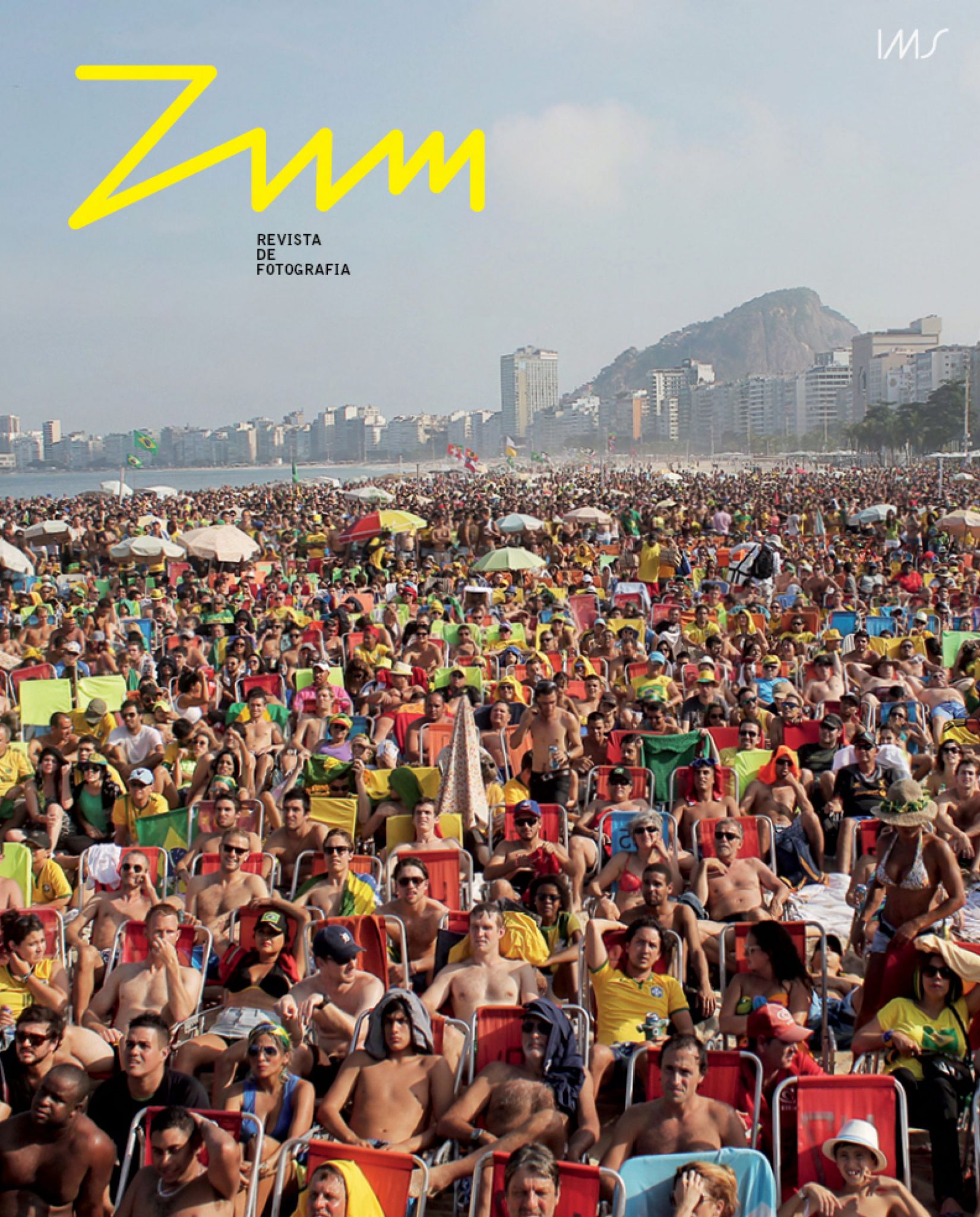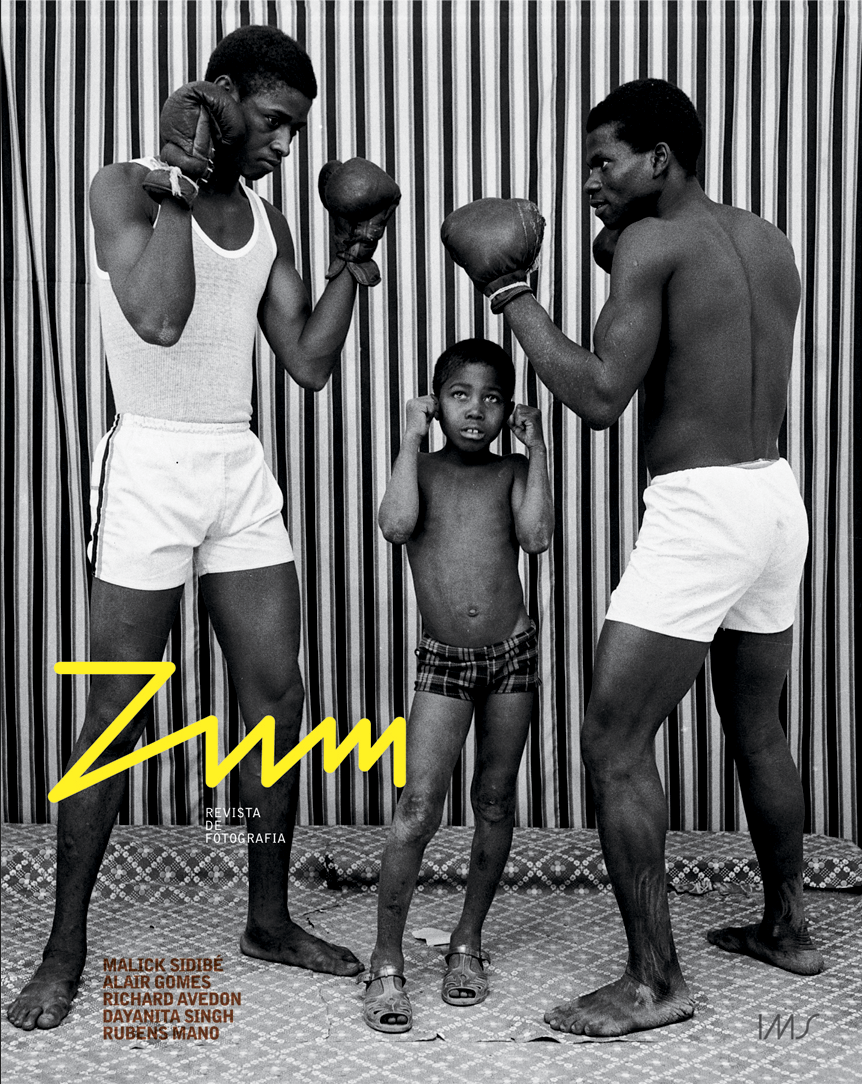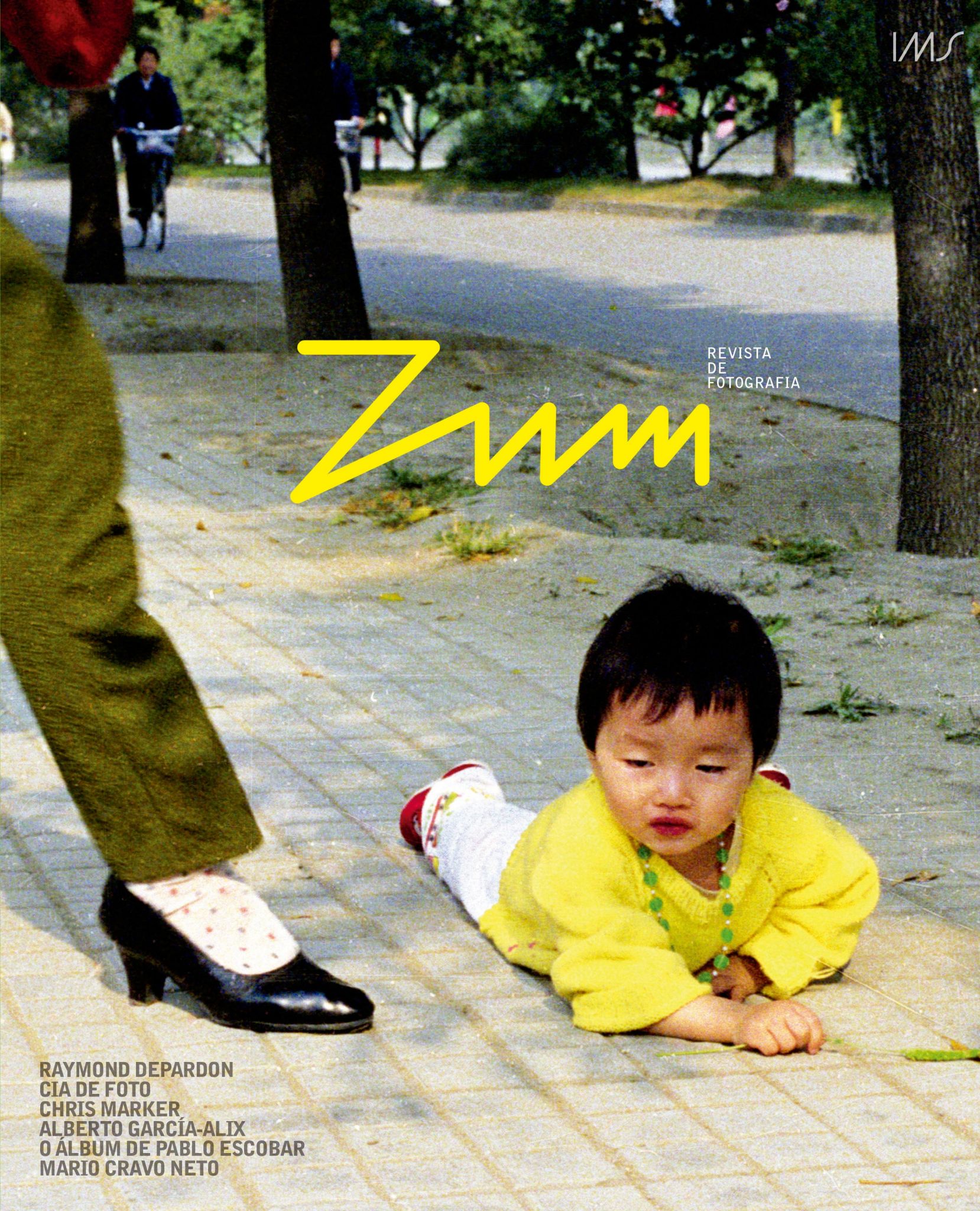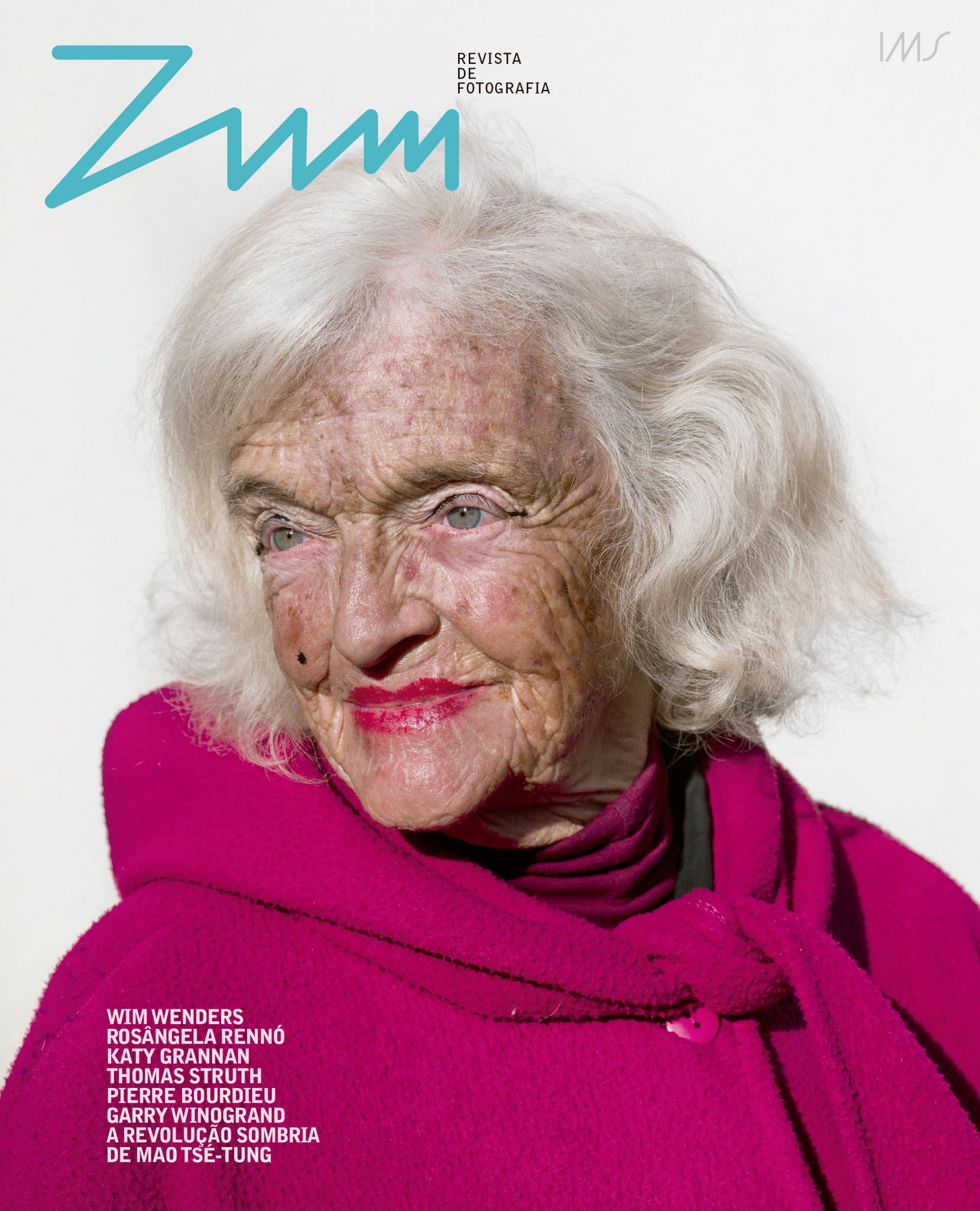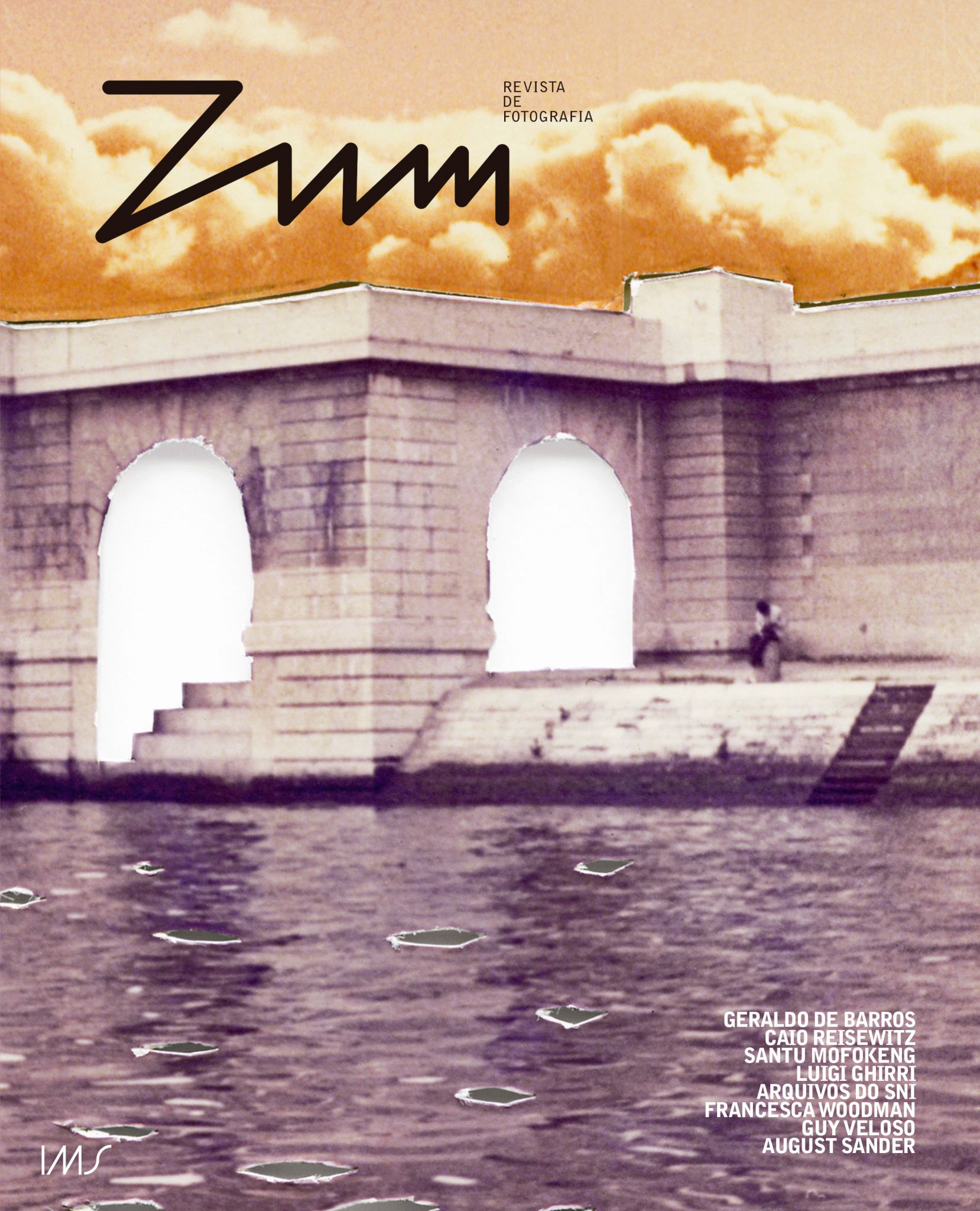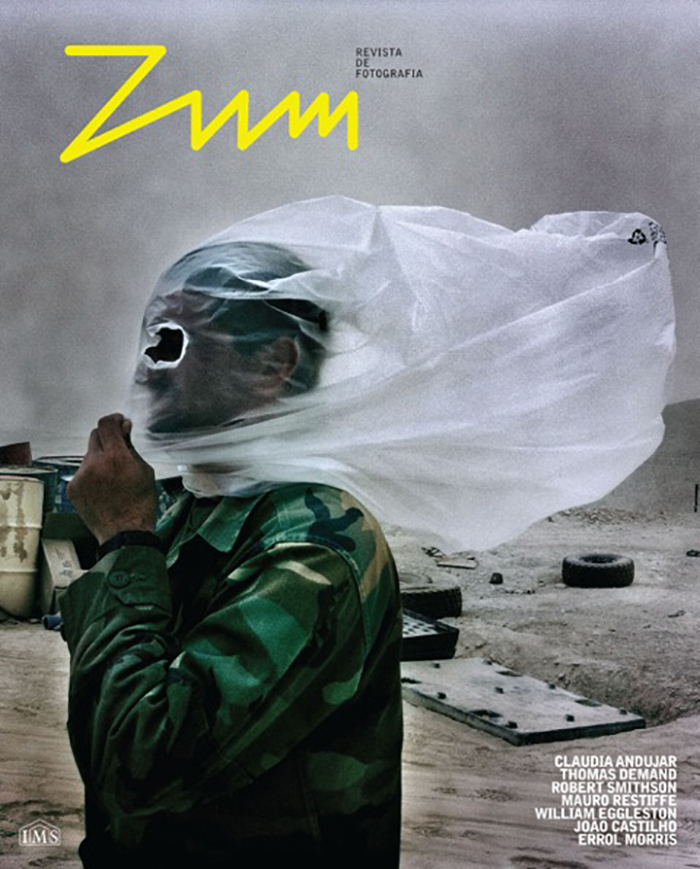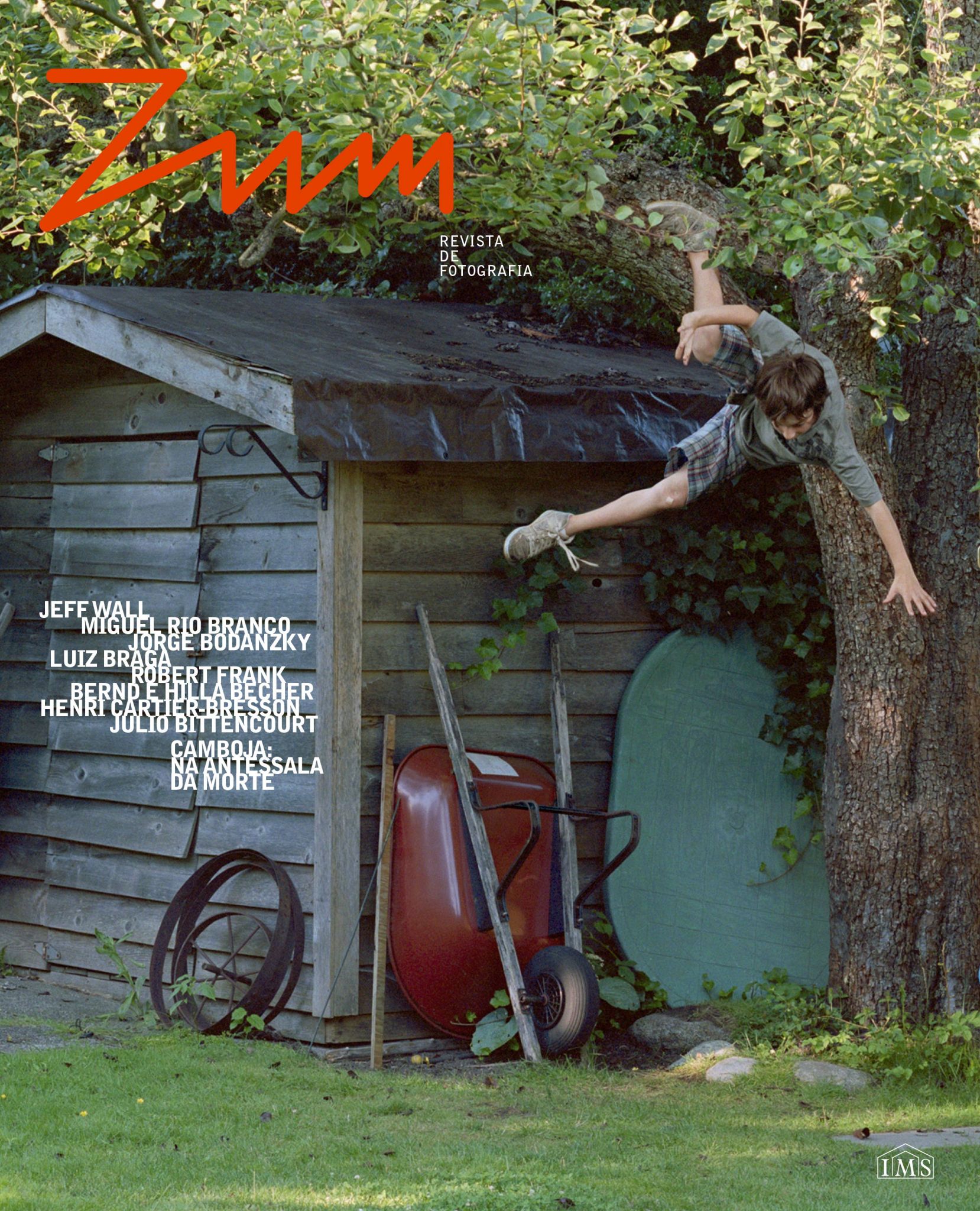|
# 7 october 2014 |
On the Road, Daido Moriyama
Assis Horta's Single Shot, Assis Horta & Dorrit Harazim
What Country is This?, Alex Majoli, André Vieira, Bárbara Wagner, Breno Rotatori, David Alan Harvey, Garapa, Jonas Bendiksen, Mídia Ninja, Pio Figueiroa, Susan Meiselas, por Laura Capriglione
A Battle of Images: Fact and Fiction in the First World War, Hilary Roberts
Where Did the Slave Quarters Go?, Mauricio Lissovsky
The Photograph as Post-Industrial Object (1985), Vilém Flusser & Márcio Seligmann-Silva & Mario Santamaría
THE HISTORY OF PHOTOGRAPHY has many gaps. For every well-known photographer, there are many others to be discovered and acknowledged. This is the case with Assis Horta, dug up from the photographic mines in the city of Diamantina. The perfection in his work, his vast production and the fact that his photos have been preserved for decades make sure this 96-year-old from Minas Gerais state holds a position of honour in the Brazilian photography and social history encyclopaedias.
In the last 100 years, war photography has questioned image manipulation, helping define criteria that are, to this day, subject to heated debate. In an article commissioned for the centenary of the First World War, the historian Hilary Roberts shows how the idea of photographic truth was shaped during the conflict, in the discussion of the ethical principles of journalism, technical advances and the demands of those who risked their lives on the front lines.
In the last edition of ZUM, Fred Ritchin, photography professor at the University of New York, criticized the traditional view of photojournalism and encouraged photographers and editors to venture into new paths. The Offside project, organized by the Magnum Agency during Brazilian World Cup, is a first step. In June and July this year, while spectators and journalists had their eyes on the pitch, eight photographers and two collectives got together to tell a story parallel to the event. From urban haikus to daily theatricality, passing by social and religious types, the photographers defined their work agenda and wandered the country to produce the special material seen in this edition.
Very few photographers have embraced the “on the road” spirit as much as the Japanese master Daido Moriyama. Known for his unorthodox techniques, such as shooting without looking through the viewfinder or editing books using photocopiers, Daido compares the adventure of hitting the road to the experience of reading dozens of books, in one of the most beautiful reflections of his career.
For almost 30 years, the philosopher Vilém Flusser suggested that electromagnetic photography would be the cutting edge trigger of a cultural revolution. Free from its material support, the image would circulate and allow democracy to spread its wings. Utopic and premonitory, Flusser did not imagine the course our digital life would take, but defended a critical analysis of images as a precious tool to understand what goes on around us. Not only is this the vision that defines ZUM but it is also the backbone of Mauricio Lissovsky’s essay, where he discusses how the cover photo of a book can reflect a social transformation of dramatic and profound consequences.


